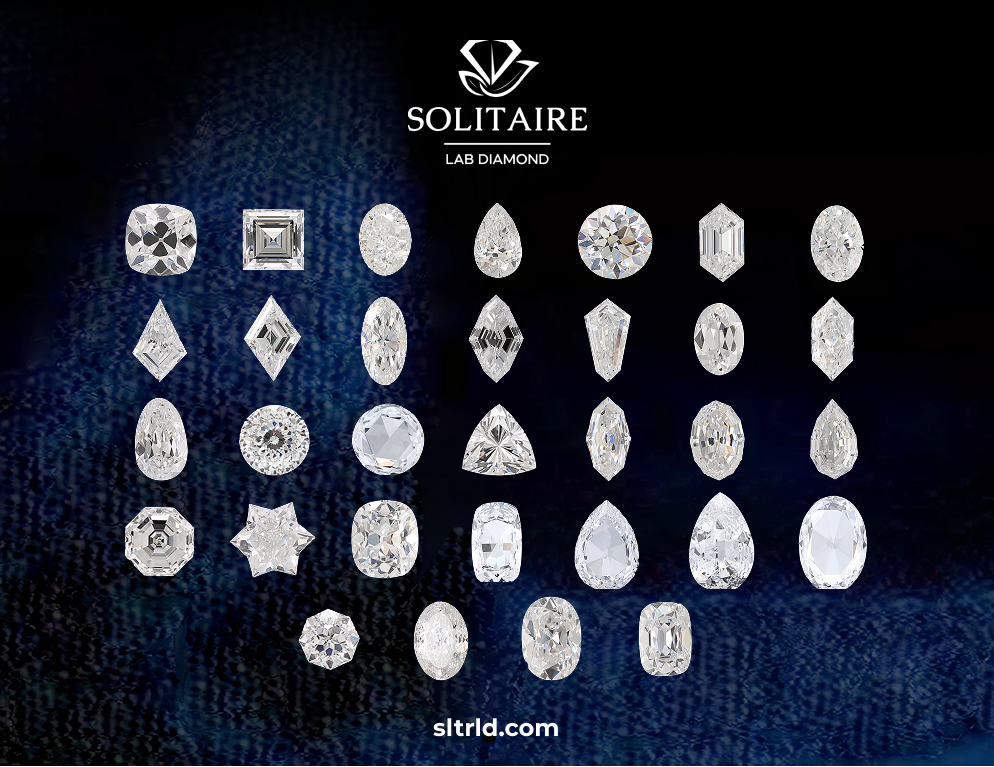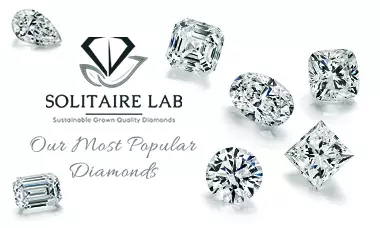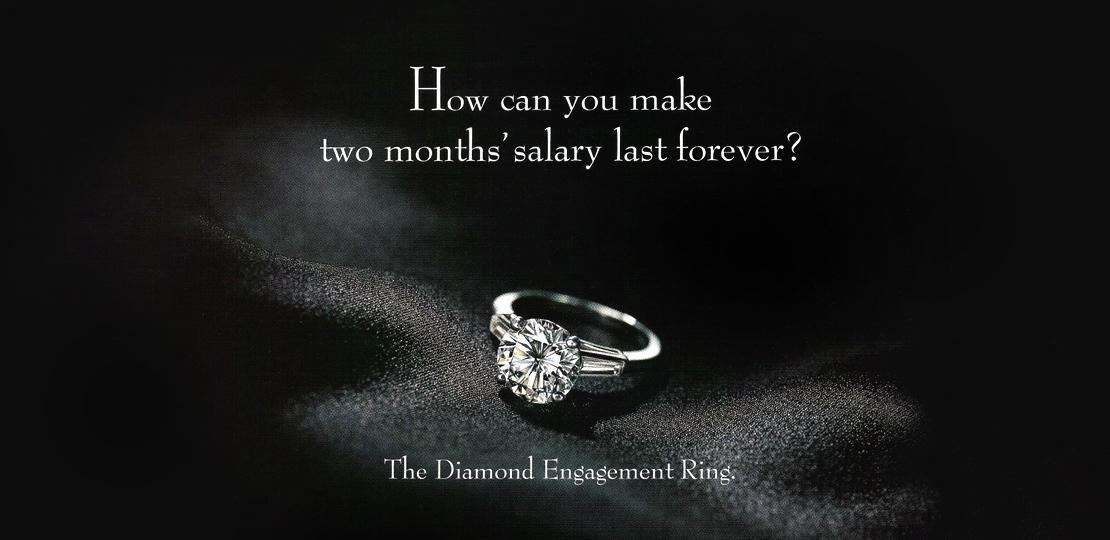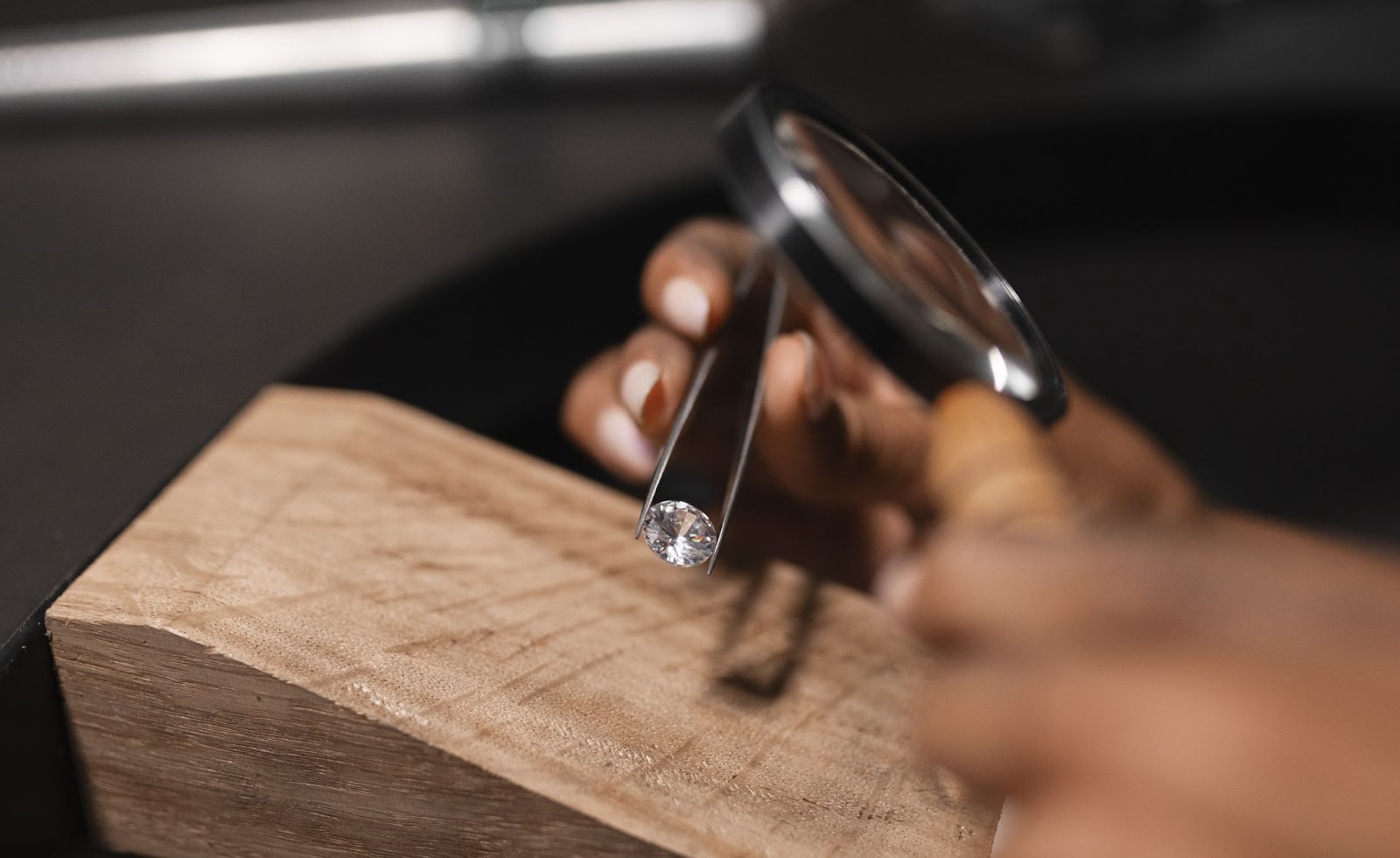One of the jewelry world's most perplexing questions: why are diamonds so expensive, and why do prices vary so dramatically?
The answer lies in a fascinating blend of geology, economics, psychology, and over a century of strategic marketing. Unlike gold or silver, which are priced based on market weight and purity, diamond pricing operates in a complex ecosystem where perception often matters more than reality.
Understanding why diamonds are so expensive becomes even more relevant today as consumers discover alternatives like lab-grown diamonds. Companies like Solitaire Lab Diamond are revolutionizing the industry by offering high-quality, certified lab-grown diamonds at wholesale prices directly to consumers, challenging the traditional diamond pricing model while maintaining the same brilliance and beauty.
This guide will break down the key factors driving diamond prices, explore the affordable alternative of lab-grown diamonds, and help you make informed decisions for your next diamond purchase.
4 Key Reasons Why Diamonds Are So Expensive
Understanding the diamond market’s size and evolving trends, as detailed in the Fortune Business Insights 2025 diamond market report, helps explain price dynamics. Here, we’ll understand all the key factors responsible for making diamonds expensive for the end customers.
1. Controlled Supply and Perceived Scarcity
The diamond industry has mastered the art of creating perceived scarcity.
While diamonds aren't actually as rare as many believe, the supply chain has been historically controlled by a few major companies, most notably De Beers. De Beers, which historically controlled about 90% of the world's diamond supply, still holds a significant but reduced share of the market today due to increased competition and industry changes.
This controlled supply creates artificial scarcity in several ways:
- Strategic stockpiling: Major diamond producers hold back portions of their inventory to maintain higher prices
- Limited release: Only specific quantities are released to the market annually
- Regional control: Different regions receive varying amounts of supply based on demand management strategies
From an economic perspective, when supply is limited (or appears limited) and demand remains high, prices naturally increase. However, Geological surveys and reports from the Natural Diamonds Council suggest that diamond deposits are more abundant than market pricing indicates. The key difference lies in how these resources are managed and distributed.
2. Mining and Production Costs
Natural diamond extraction is an expensive, complex process that significantly impacts final pricing. Understanding these costs helps explain why diamonds carry such high price tags:
Mining Operations:
- Deep earth excavation requires specialized equipment and technology
- Environmental compliance and restoration costs
- Transportation from remote mining locations
- Safety protocols and insurance for dangerous working conditions
Labor and Processing:
- Skilled miners and gem cutters command high wages
- Quality control and sorting processes are labor-intensive
- Multiple stages of processing before reaching retail
Time Investment: Natural diamonds take millions to billions of years to form, and mining operations can take decades to establish and become profitable.
In contrast, lab-grown diamonds require significantly less time and resources to produce. Using advanced technology like Chemical Vapor Deposition (CVD) or High Pressure High Temperature (HPHT), lab-grown diamonds can be created in weeks rather than billions of years, resulting in substantial cost savings that can be passed on to consumers.
3. The Four Cs – Cut, Color, Clarity, and Carat
The Four Cs grading system, developed by GIA in the 1950s, standardized diamond evaluation but also created a complex pricing matrix where small differences in grades result in dramatic price variations.
|
Factor |
Grading Scale |
Price Impact |
What to Know |
|
Cut |
Poor to Excellent |
High impact on brilliance |
Affects how light reflects; excellent cuts appear larger and more brilliant |
|
Color |
D (colorless) to Z (yellow/brown) |
Premium for colorless |
D-F grades command highest prices; G-H offers good value |
|
Clarity |
Flawless (FL) to Included (I) |
Varies by visibility |
Many inclusions invisible to naked eye; VS1-VS2 sweet spot for value |
|
Carat |
Weight in carats (1 carat = 200mg) |
Exponential price increase |
Larger stones disproportionately more expensive than smaller ones |
Cut quality should be your top priority since it most dramatically affects a diamond's beauty and perceived size. Color differences become less noticeable in certain settings, while clarity imperfections often require magnification to detect.
Reputable certification from organizations like GIA (Gemological Institute of America) ensures accurate grading and adds value to the diamond. This certification process, while necessary for consumer protection, also adds to the overall cost.
The Four Cs apply equally to both natural and lab-grown diamonds, with lab-grown options often achieving higher grades at lower prices due to controlled creation conditions.
4. Marketing and Cultural Significance
Perhaps no factor has influenced diamond pricing more than strategic marketing campaigns that transformed diamonds from luxury items into essential symbols of love and commitment.
The De Beers corporation fundamentally transformed diamond perception through strategic marketing campaigns, most notably their 1940s "A Diamond is Forever" slogan that created the modern engagement ring tradition.
This marketing positioned diamonds as irreplaceable symbols of eternal love, while celebrity endorsements and Hollywood placement increased desirability, and cultural messaging linked diamond size and quality to the depth of one's love.
The diamond industry is currently at a turning point, with market disruption insights highlighted by McKinsey & Company.
Modern society has deeply integrated diamonds into major life milestones, including engagement and wedding traditions, anniversary celebrations, status symbols indicating wealth, and investment pieces passed down through generations.
This cultural significance allows the diamond industry to maintain premium pricing because consumers view diamonds as essential rather than optional luxury items, with emotional and cultural value often outweighing practical pricing considerations.
Beyond these industry factors, the final price consumers pay also includes retailer markups, distribution costs, and regional taxes or tariffs, which can significantly affect diamond prices in different markets.
Lab-Grown Diamonds: The Affordable and Ethical Alternative
Lab-grown diamonds are created using two primary methods: Chemical Vapor Deposition (CVD), which creates diamonds layer by layer in a controlled chamber, and High Pressure High Temperature (HPHT), which mimics natural diamond formation conditions.
These diamonds are chemically identical to natural diamonds and can only be distinguished through specialized equipment, exhibiting the same hardness (10 on the Mohs scale), brilliance, and fire as their natural counterparts.
Price Comparison Table:
|
Diamond Type |
1-Carat Premium Quality |
Cost Savings |
|
Natural Diamond |
$3,900 - $5,000 |
Baseline |
|
Lab-Grown Diamond |
$900 - $2,400 |
70-90% less |
Read more: Lab Grown vs Natural Diamonds
Lab-Grown Diamond Quality Advantages
The controlled environment of laboratory diamond creation often produces superior characteristics compared to natural formation:
Benefit 1: Production Environment Benefits
Laboratory conditions eliminate many variables that create flaws in natural diamonds. Controlled temperature, pressure, and chemical composition result in more predictable outcomes, while the absence of geological stress and contamination reduces inclusion formation. Additionally, optimal growth planning allows for better crystal structure development.
Benefit 2: Quality Comparison Results
Independent testing consistently shows lab-grown diamonds matching or exceeding natural diamond quality metrics. Most lab-grown diamonds achieve Type IIa classification (the purest natural diamond category), representing less than 2% of natural diamonds. They also demonstrate fewer inclusions on average due to controlled growth conditions, more consistent color distribution throughout the stone, and better crystal structure uniformity.
Benefit 3: Gemological Property Identity
Lab-grown and natural diamonds are identical in every measurable characteristic: both register 10 on the Mohs hardness scale, share identical refractive index (2.42) and dispersion (0.044), exhibit the same thermal conductivity properties, and display identical optical characteristics for brilliance and fire. Detection requires specialized equipment examining trace elements and growth patterns, not quality differences.
Solitaire Lab Diamond eliminates traditional retail markups by offering wholesale pricing directly to consumers, providing access to certified, high-quality lab-grown diamonds with transparent pricing without hidden fees, exclusive styles and custom options, plus expert guidance throughout the selection process.
Explore the Lab Grown diamond collection by shape!
Quick Recap!
The diamond industry's pricing structure made sense when mining was the only option and supply control was necessary for market stability. Today's technology eliminates these limitations, creating opportunities for smart consumers to access exceptional quality at fair prices.
While traditional factors like controlled supply, mining costs, quality grading, and cultural marketing continue to drive natural diamond prices, lab-grown diamonds offer a compelling alternative that doesn't compromise on beauty or quality.
The Solitaire Lab Diamond Advantage:
- Affordability: Wholesale pricing eliminates retail markups, offering 60-80% savings over natural diamonds
- Quality: Every diamond meets the same rigorous standards as natural diamonds, with full certification
- Ethics: Transparent, conflict-free supply chain with minimal environmental impact
- Selection: Access to exclusive styles and custom options not available through traditional retailers
- Expertise: Professional guidance to help you select the perfect diamond for your needs and budget
Whether you're shopping for an engagement ring, anniversary gift, or personal investment, lab-grown diamonds from Solitaire Lab Diamond provide the perfect combination of beauty, value, and peace of mind.
Ready to explore your options?
Get in touch with our team for exclusive wholesale pricing and inventory access. Our team of experts is ready to guide you through the selection process, ensuring you find the perfect diamond that reflects your style and values while maximizing your investment.





